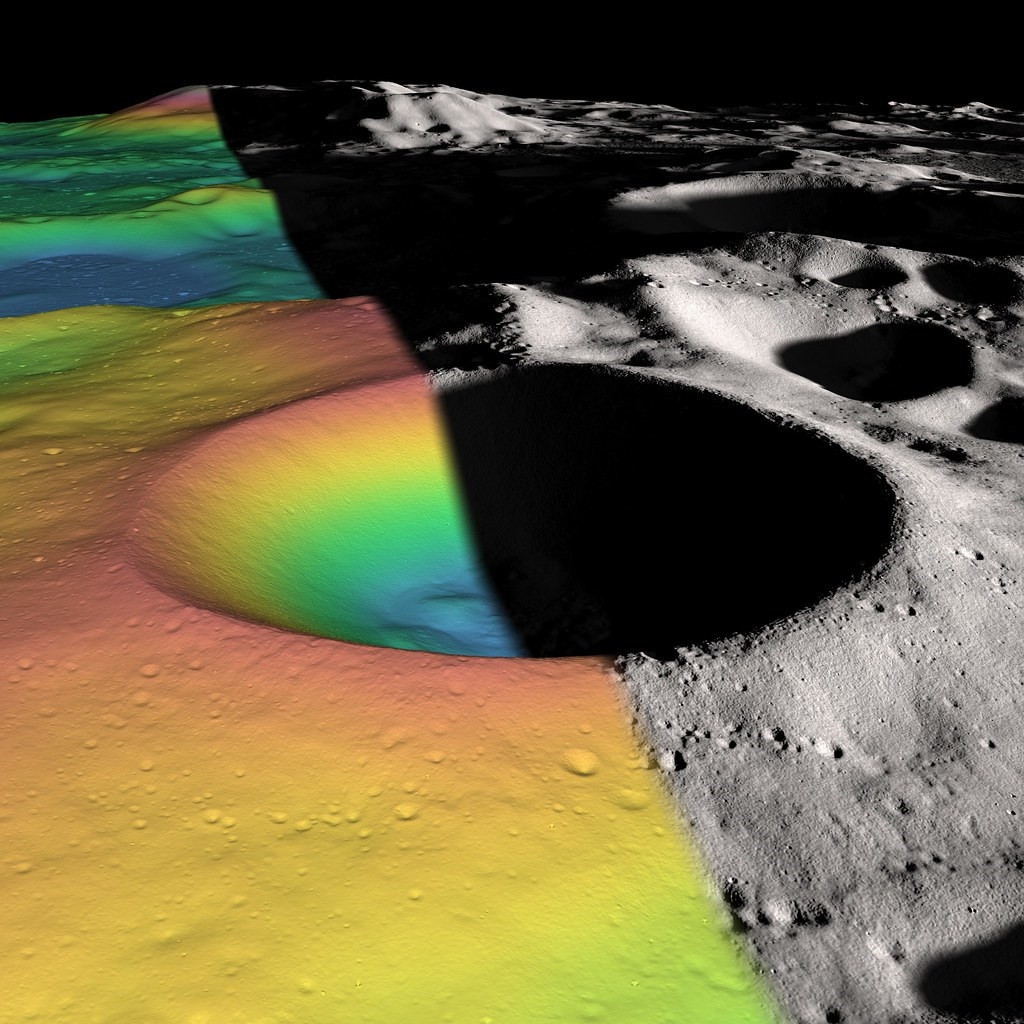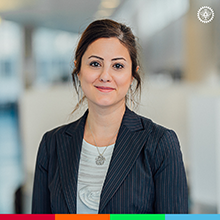Blogue
Permafrost: learning to build on shifting soil


In the Far North, melting permafrost is disrupting the lives of thousands in their communities. (PHOTO: Wojtek Gajek, Institute of Geophysics, Polish Academy of Sciences)
At a time when the world is attempting to curb carbon emissions, the inhabitants of the Far North are having to adapt to the consequences of climate change - in particular melting permafrost. How does one build infrastructure on ground which no longer offers the same support as it once did? Thanks to non-invasive measurement technology and a new interpretation method, Professor Pooneh Maghoul believes he may well have a solution.
In the past, we didn't ask ourselves too many questions when it came to building a house, a road, or any other facility in the Far North. Whether it was sitting on rock or on permanently frozen ground, the structure wasn't expected to going to go anywhere.
The accelerated melting of permafrost is changing all that.
In recent years, disasters linked to melting soil in the Far North have multiplied. Catastrophies such as broken oil pipes and ruptured tanks have been added to the toll of landslides, from Siberia and the Northwest Territories, all the way to Alaska. Melting permafrost is also suspected to be behind contaminated drinking water reservoirs in Iqaluit, located north of the province of Québec. All this is occuring against the backdrop of the dramatic impact of the release of methane trapped for centuries in this type of soil.
While it's already too late to prevent the phenomenon, western science can assist Far Northern communities to mitigate the impact. This is what Professor Pooneh Maghoul, from the Department of Civil, Geological and Mining Engineering at Polytechnique Montreal, seeks to do.
Shifting sands
 Professor Pooneh Maghoul (Photo : Polytechnique Montréal)
|
A specialist in geotechnical engineering (the study of soils before a structure is moved there), over the years, Professor Maghoul has also developed expertise in porous materials. “My work ranges from Emmental and Gruyere style cheese porousness, to placenta-like porousness, all through various soil types,” she jokes.
As you can imagine, permafrost is part of her expertise. Located under the active layer of soil that allows plants to take root, this once-permanently frozen soil becomes like melting chocolate - or even quicksand - giving way to accumulations of water and gas between layers of organic matter. It's a combination that significantly weakens the soil's reach, she says: "It becomes like slush."
Yet how can we build on ground that has become unstable? How can we ensure the safety of what's already been built there? Professor Maghoul believes she may have a solution.
“Right now, there's no way to know for sure what will happen on a site where the soil is in the process of being deeply thawed,” she says. One of the most commonly used techniques involves collecting soil samples, coring and then analyzing them in an laboratory suitably equipped, but often located hundreds of kilometers away. “Transporting samples this way incurs huge costs,” adds the professional engineer.
She and doctoral student Hongwei Liu are working on a solution: a non-invasive approach based on specialized software.
At a glance... Seismic wave analysis |
|
The group of engineers is basing its approach on seismic readings recorded by sensors distributed at various locations on the surface of an area under study. By hammering the ground, then measuring the speed of the seismic waves' propagation - so-called Rayleigh waves - Professor Maghoul's group is able to assess the nature of the ground in various places and at various depths. This measurement is made possible thanks to an algorithm developed by Professor Maghoul, at the heart of software used to analyze seismic waves, a tool called GeoNDT. The latter software analyzes data obtained using a three-dimensional representation of soil structure, including its physical and mechanical properties, in addition to determining areas of weakness. "For example, with this strategy, we can determine where pockets of water or gas are, so we no longer need to use coring tools," she notes. The results of this research work have been compiled in a scientific publication currently under peer review in The Cryosphere journal. The approach is also the subject of a patent. Ultimately, such technology could be combined with another application developed by Professor Maghoul and her collaborators, which simulates soil evolution over the years. "We can predict the state of soil in 10, 50, or 100 years by simulating the various predictions of the IPCC," she says. By setting up sensors in locations that warrant monitoring (i.e. spots where critical infrastructure exists), Professor Maghoul's research team will be able to create a digital twin, she explains. “The simulator will use the vibration data to predict in the long term what the deformation of the ground will be." |
Destination: Moon
 Professor Maghoul's expertise will be called upon to assess the best site to establish a base in a crater at the Moon's South Pole. (Photo: NASA Goddard Photo, CC BY 2.0) Professor Maghoul's expertise will be called upon to assess the best site to establish a base in a crater at the Moon's South Pole. (Photo: NASA Goddard Photo, CC BY 2.0) |
This same strategy will be put to good use over the next few years in a project that will bring the Polytechnique team ... to the Moon!? NASA intends to resume its manned missions to the Moon by 2024, as part of the Artemis space program - its objective: to assemble a permanent base on the lunar star.
For now, NASA's top brass are targeting the lunar South Pole for human settlement. Why? We'll have to rely on the resources found there to settle, rather than transporting them through some sort of fantastical rocket pipeline. As one could guess, the presence of water is crucial for human settlement. According to the results of satellite surveys, chances are good that frozen water is trapped at the bottom of some South Pole craters, sites that escape the Sun's rays at all times. How will this all work out? Want to know more? Stayed tuned for the next issue of POLY Magazine for an update!
En savoir plus
The article under peer review by Professor Maghoul and her collaborators
Open access data used for this article
Professor Maghoul's expertise
Department of Civil, Geological and Mining Engineering (CGM) website


 Professor Maghoul and her doctoral students tested their method using
Professor Maghoul and her doctoral students tested their method using 


Comments
Commenter
* champs obligatoire